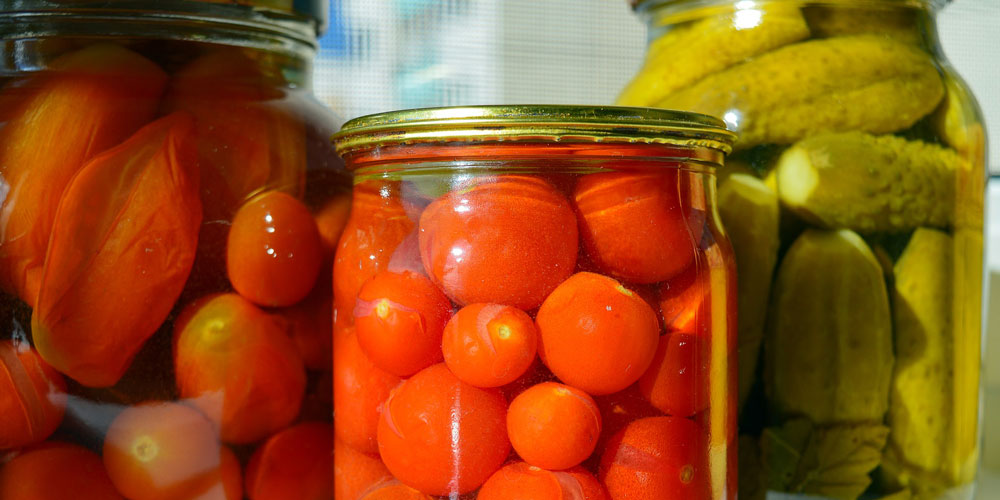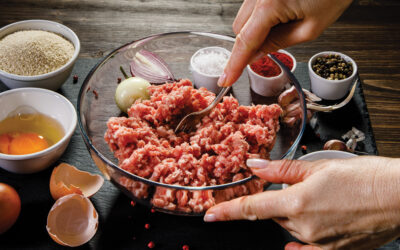During this time of year, many people are literally seeing the fruits, and vegetables, of their labor. There are fresh tomatoes, peppers, carrots, beans, cucumbers, and potatoes galore from the garden. Home canning is a great way to preserve all of these glorious garden goodies, if done properly. If not done properly, foodborne botulism could result.
Foodborne botulism is typically caused by bacteria called Clostridium botulinum. Clostridium botulinum is an anaerobic spore producing bacteria that is naturally found in soil, river, and sea water which can survive, grow and excrete toxins in improperly canned food items. Though spores of C. botulinum are heat-resistant, the toxin produced by the spores under anaerobic conditions is destroyed by boiling. Therefore ready-to-eat foods in low oxygen-packaging, such as canning, are more frequently involved in cases of foodborne botulism.
The CDC reported from 1996 to 2014, there were 210 outbreaks of foodborne botulism. Of the 145 outbreaks that were caused by home-prepared foods, 43 outbreaks, or 30%, were from home-canned vegetables. These outbreaks often occurred because home canners did not follow canning instructions, did not use pressure canners, ignored signs of food spoilage, or didn’t know they could get botulism from improperly preserving vegetables. Therefore, using proper canning techniques is essential to prevent foodborne botulism.
Better to be safe than sorry!
It is important to do a little studying before jumping into your next canning project. The United States Department of Agriculture (USDA) has published a very helpful Guide to Home Canning. Below are a few highlights from this guide that you can follow when canning your glorious garden goodies.
- Use proper home canning techniques. As canning instructions and equipment have changed over the years, refer to the USDA’s recommendations for pressure canning.
- Use the correct equipment for the kind of food you are canning. For example, use a pressure canner when canning low-acid foods, because boiling water canners for low-acid foods will not protect against botulism.
- Discard any under-processed foods, as well as all swollen, gassy, or spoiled canned foods safely. Never taste a food to determine if it is safe.
Homemade canned food is a real treat and a benefit to all the hard work of maintaining that garden all summer. Practice safe canning techniques, and you can enjoy those garden goodies even longer! Thank you for reading and happy canning!
References:
United States Department of Agriculture. Complete Guide to Home Canning. http://nchfp.uga.edu/publications/usda/GUIDE01_HomeCan_rev0715.pdf
Centers for Disease Control and Prevention. Home Canning and Botulism. https://www.cdc.gov/features/homecanning/index.html
Centers for Disease Control and Prevention. Home-Canned Foods: Protect Yourself from Botulism. https://www.cdc.gov/botulism/consumer.html
National Center for Home Food Preservation. General Canning Information. http://nchfp.uga.edu/how/general/selecting_correct_process_time.html
World Health Organization. Botulism Fact Sheet. http://www.who.int/mediacentre/factsheets/fs270/en/






Is the bacteria Clostridium botulinum more prominent in different parts of the country? For example is it found more in states near the coast or states that have more cattle?